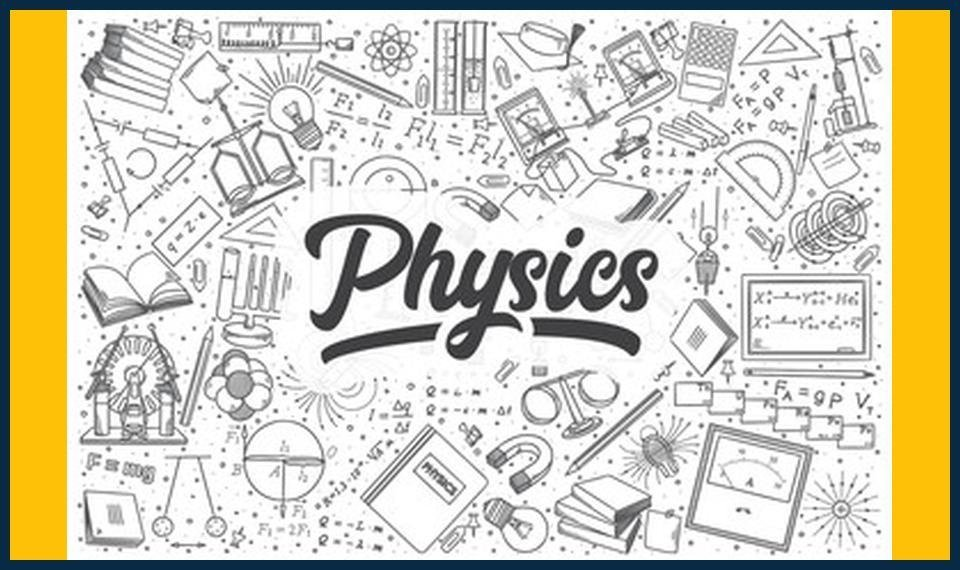![]()
**Introduction**
Welcome, A-Level students, parents, tutors, and teachers! Quantum physics, a fascinating realm of science, is often shrouded in mystery and complexity. But fear not, for we’re about to embark on a journey to demystify this intriguing field, making it accessible and engaging for everyone. So, let’s take a quantum leap into the world of the tiny, the strange, and the utterly mind-boggling!
**What is Quantum Physics?**
Quantum physics, also known as quantum mechanics, is a branch of physics that deals with phenomena on a very small scale—molecules, atoms, and even smaller particles like electrons, photons, and quarks. It’s the science that explains the behavior of the universe at its most fundamental level.
**The Quantum World: A World of Particles and Waves**
One of the most striking features of the quantum world is the duality of particles. Particles can exhibit both particle and wave-like properties, a concept known as wave-particle duality. This might seem strange, but imagine a particle of light (photon) behaving like a wave, spreading out and interfering with itself—a phenomenon called diffraction.
**The Uncertainty Principle**
Another mind-bending concept in quantum physics is Heisenberg’s Uncertainty Principle. This principle states that it’s impossible to simultaneously know the exact position and momentum (speed) of a particle. The more precisely the position of a particle is determined, the less precisely its momentum can be known, and vice versa.
**Quantum Entanglement: Instantaneous Connection**
Quantum entanglement is a phenomenon where particles become linked and instantaneously affect each other no matter how far apart they are. Albert Einstein famously called this “spooky action at a distance.” It’s a phenomenon that challenges our understanding of space and time.
**Quantum Superposition: Being in Multiple Places at Once**
Quantum superposition is the idea that a particle can exist in multiple states or places simultaneously. Until we measure it, a quantum particle can be in multiple places at once—a concept that challenges our everyday understanding of the world.
**The Role of Quantum Physics in Everyday Life**
While the quantum world may seem far removed from our everyday lives, it plays a crucial role in technologies we use daily. For example, lasers, semiconductors, and magnetic resonance imaging (MRI) all rely on quantum physics principles.
**Conclusion**
Quantum physics, with its strange and counterintuitive phenomena, challenges our understanding of the world and pushes the boundaries of human knowledge. Although it may seem complex, understanding quantum physics can be a rewarding journey. By demystifying these concepts, we hope to inspire a new generation of curious minds to explore this fascinating field.
So, whether you’re a student, parent, tutor, or teacher, take a moment to appreciate the strange and beautiful world of quantum physics. Who knows? You might find yourself quantum leaping through the pages of a textbook and into the heart of the quantum world!
**Further Reading**
For more in-depth exploration of quantum physics, consider checking out the following resources:
1. Feynman, R. P. (1965). The Feynman Lectures on Physics. Addison-Wesley.
2. Griffiths, D. J. (2005). Introduction to Quantum Mechanics. Pearson Education.
3. Nielsen, M. A., & Chuang, I. L. (2000). Quantum Computation and Quantum Information. Cambridge University Press.
4. Davies, P. C. W. (1995). About Time: Einstein’s Unfinished Revolution. Simon & Schuster.




